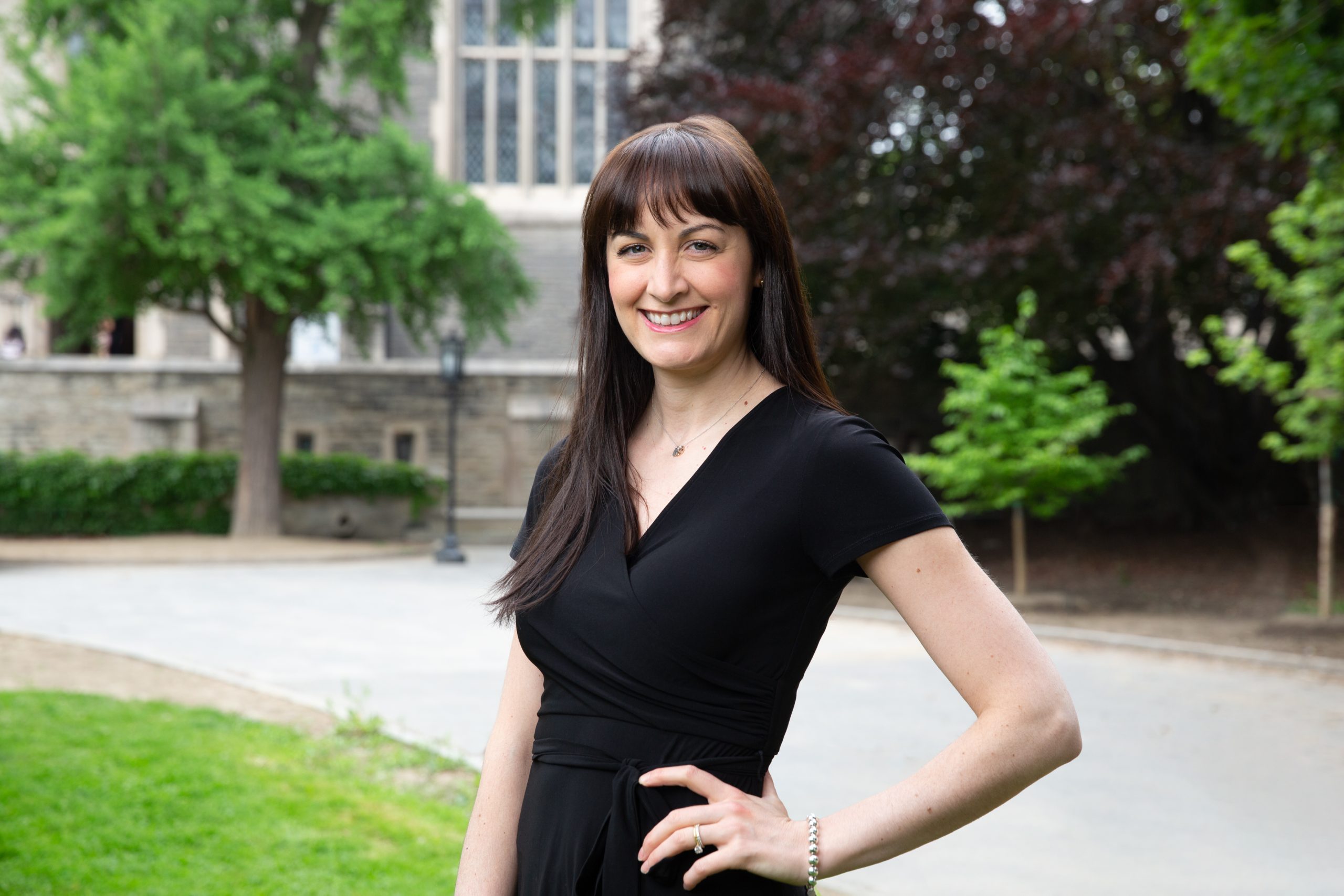DLSPH researchers aim to ‘fundamentally shift how we assess and address diabetes risk in Canada’
June 26/2025
A team of researchers led by DLSPH Professor Laura Rosella received $2 million to better understand and address diabetes risk in Canada.
By Ishani Nath
Nearly one in 10 Canadians — an estimated 3.7 million people — have diagnosed diabetes, according to data from the Public Health Agency of Canada. Type 2 diabetes, which makes up more than 90 percent of cases, can be prevented or improved through lifestyle changes — but those changes vary based on the individual.
“To truly reduce the burden of Type 2 diabetes in Canada, we need to move beyond one-size-fits-all solutions and focus on what drives risk in people’s day-to-day lives and communities — where they live, work, and connect,” says DLSPH Professor Laura Rosella, the Principal Investigator and Scientific Director of U of T’s Population Health Analytics Laboratory. Rosella and a team of researchers recently received $2 million from the Canadian Institutes of Health Research (CIHR) and Diabetes Canada to investigate how to take diabetes care from a one-size-fits-all approach to create bespoke solutions.
“What inspired this project was the recognition that while we have effective prevention strategies, they’re often not tailored to the specific needs and contexts of the people who need them most,” says Rosella.
She explains that traditionally, a person’s risk for diabetes is based on individual factors like age, weight and family history – but this assessment overlooks key elements like where someone lives, their economic stability and their access to food. She gives the example of someone living in a low-income neighbourhood with few grocery stores, high levels of stress and minimal spaces for walking and outdoor recreation. Those factors won’t show up on a standard clinical assessment but can impact a person’s ability to eat healthily and exercise, thereby impacting their risk of diabetes.

DLSPH Professor Laura Rosella
Rosella is working alongside DLSPH Assistant Professors Ibukun Abejirinde, Jay Shaw and Associate Professor Lorraine Lipscombe to create a fuller picture of diabetes risk in Canada. The research team will work with local health systems and community partners to collect data. This data will help the researchers identify where the greatest needs are and, in collaboration with community partners, create appropriate interventions.
“For example, in a neighborhood with limited access to healthy food and green space, we might prioritize community-based nutrition programs and infrastructure changes—whereas in another community with high levels of social isolation, peer-led initiatives might be more effective,” explains Rosella. “Our research aims to provide the data and tools to make these kinds of targeted decisions, grounded in both local evidence and lived experience.”
Rosella adds that this research project is the first of its kind because of the way it incorporates social and environmental factors and partners with community organizations on solutions. With this approach, the researchers hope to change how diabetes risk in Canada is assessed and addressed.
“Our goal is to co-create prevention strategies that are more equitable, more effective, and more aligned with the realities people face in their everyday lives,” says Rosella, adding that this approach could have wide-reaching impacts. “Ultimately, this could change how public health programs are designed, how resources are allocated, and how communities are empowered to lead change in diabetes prevention.”